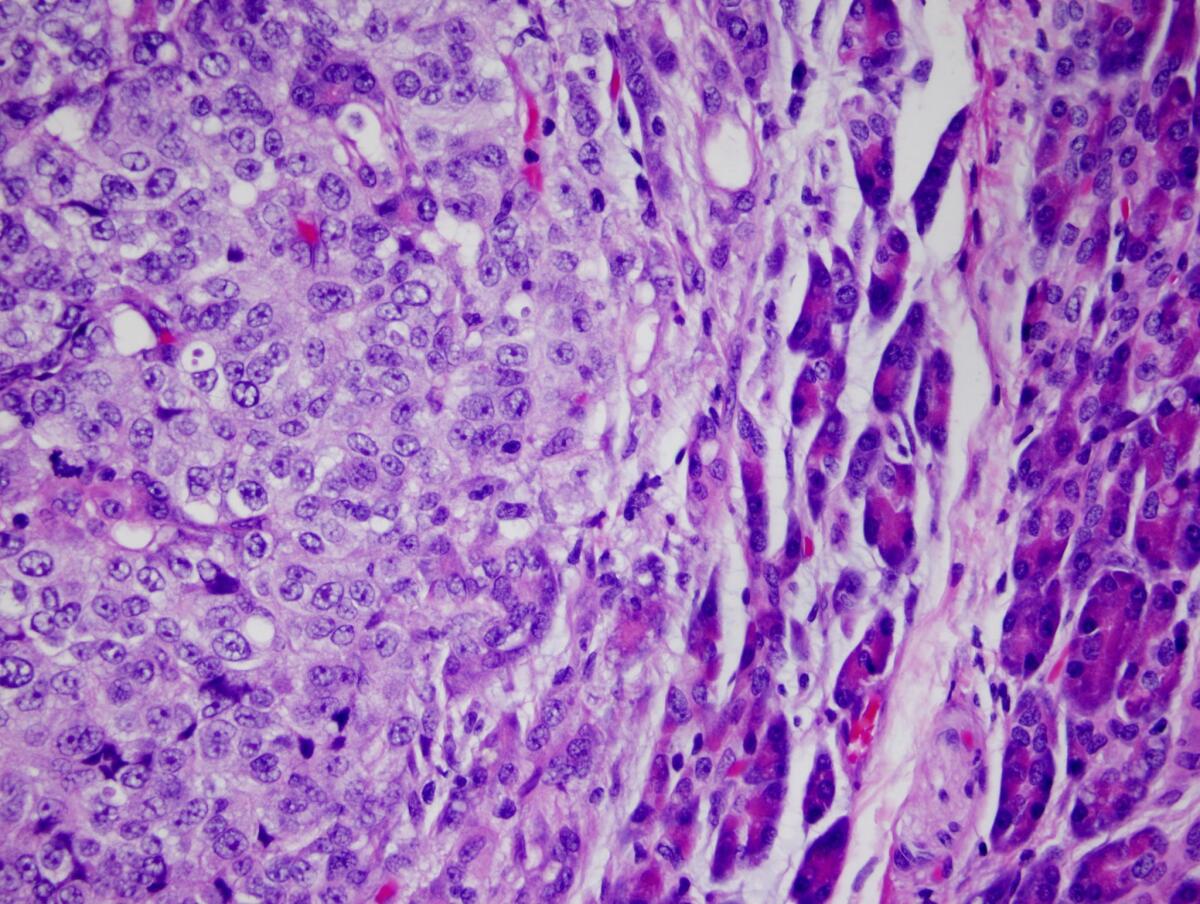Vast cancer genetics database could aid drug discovery

Researchers at the National Cancer Institute in Bethesda, Md., announced that they had assembled the world’s largest database of cancer-related genetic variations -- the data will be available for researchers to plumb as they work to understand how genetics and cancer are related -- and what medications work best to fight different cancers.
“Our long-term goal is to connect mutations and gene variations with drug activity,” said Dr. Yves Pommier, chief of the laboratory of molecular pharmacology at the institute and a coauthor of a paper (abstract available here) describing the team’s work, published Monday in Cancer Research, a journal of the American Association for Cancer Research.
Pommier’s team sequenced the exome -- the DNA that contains the blueprint for the about 21,000 protein-coding genes in the human genome -- in tumor cells in the NCI-60 Panel, a collection of 60 cell lines representing lung, colon, brain, ovary, breast, prostate and kidney cancers, as well as leukemia and melanoma.
For years, cancer researchers have used the NCI-60 cells to study how different cancers respond to about 20,000 drugs -- including every one approved by the Food and Drug Administration -- recording which cells reacted to which chemicals along the way. In combination with the information on the drug responses, the list of genetic variations Pommier’s team assembled will let scientists take their analyses a step further, he said.
Researchers who are interested in whether a particular drug might combat cells with a certain mutation, for instance, might look at the database to see how that drug affects cells that have that mutations. Or a molecular geneticist studying a particular mutation might perform a search in the other direction, examining which drugs have been shown to work well in cancers where that mutation is present.
Pommier said he thought the data set’s sheer size suggested there was a good chance it could yield new drug discoveries. “With a database of 20,000 compounds, there are many that are still up for grabs. A smart person [can] find new things,” he said.
In the future, he said, his team will work on building tools to help researchers query the database. They would also like to increase the number of cell lines represented, perhaps including more cancer types, such as sarcomas.







